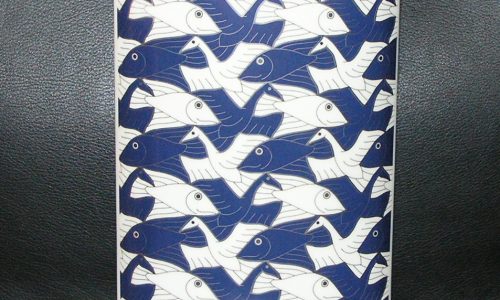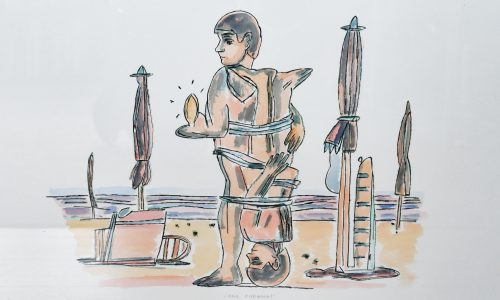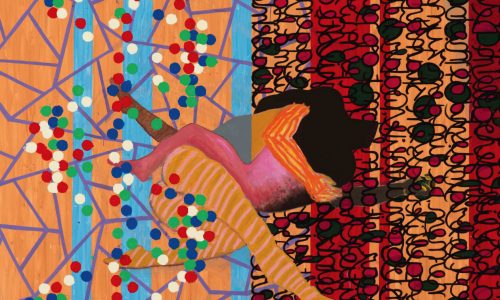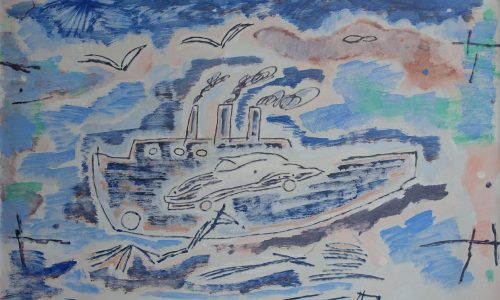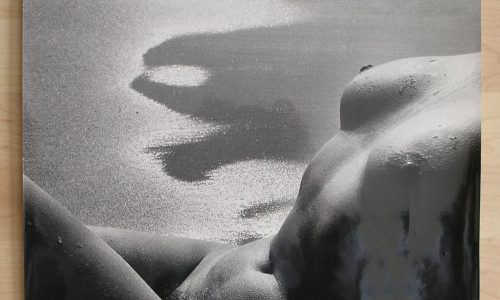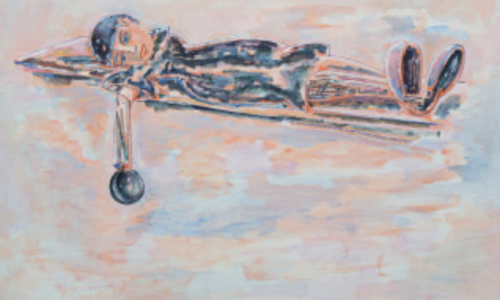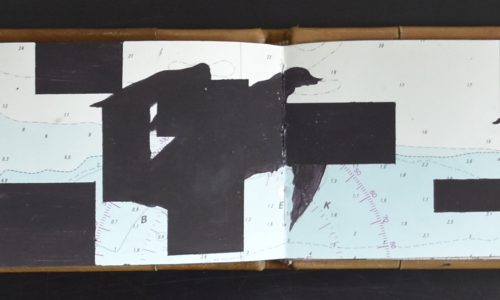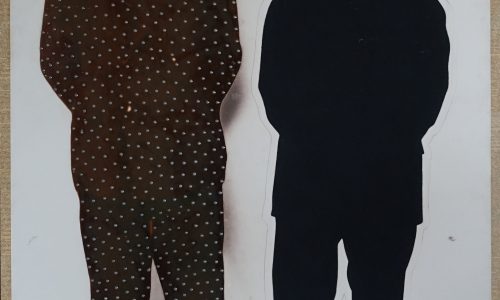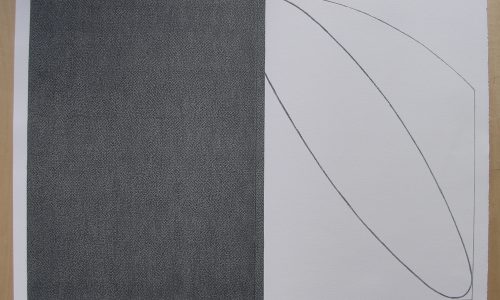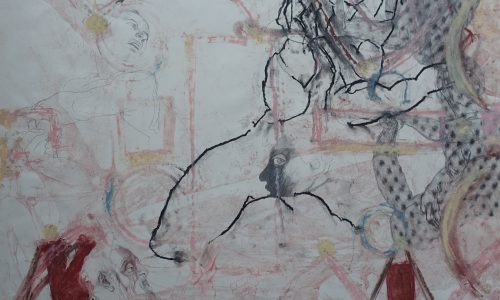
Not many Europeans are familiar with the works by Stuart Davis. Davis is for the Americans the equivalent of what matisse is for the Europeans. Of course Matisse is far more known than Davis ever will become, but study his works closely and you can similarities between the appraoch of the composition and the elements within the composition. Sandberg was an admirer so was Gielijn Escher
left Davis/ right Gielijn Escher
Rudi Fuchs wrote an excellent text on Stuart Davis in the Stedelijk Museum Bulletin from 1998 . The publication is available at www.ftn-books.com. It explains why Davis works are lesser known , but for me the conclusion was …please give me more. These works are fascinating and a joy to look at.

The article below comes from Wikipedia:
Stuart Davis, (born December 7, 1894, Philadelphia, Pennsylvania, U.S.—died June 24, 1964, New York, New York), American abstract artist whose idiosyncratic Cubist paintings of urban landscapes presaged the use of commercial art and advertising by Pop artists of the 1960s.
Davis grew up in an artistic environment. His father was a graphic artist and art editor of a Philadelphia newspaper, where he worked with William J. Glackens, George Luks, John Sloan, and Everett Shinn, all later famous as members of the Ashcan school of American painting. His parents encouraged his interest in art, and at age 16 he quit high school to study painting in New York City under Robert Henri, leader of the group known as The Eight (later absorbed into the Ashcan school), whose teaching emphasized the importance of taking subject matter from urban life.
By 1913 Davis was competent enough to show five watercolours in the Armory Show. This was the first large exhibit in the United States of avant-garde European art, and the event marked a turning point in his career. Over the next few years he strove to achieve the compositional order, nonimitative colour, and shallow picture space characteristic of the new European painting. He began to experiment with collage (a recently invented technique of making compositions from bits of paper and objects glued to a surface) and sometimes varied the usual process by making paintings of his collages, as in Lucky Strike (1921), finally arriving at a completely nonillusionistic style, which culminated in his Egg Beater series of 1927–30.
In 1928 Davis traveled to France, where he spent a year painting relatively realistic street scenes in Paris. Back in the United States during the Great Depression of the 1930s, he developed a new style based on the rhythmic contrast between geometric areas of flat colour and objects clearly defined in linear perspective. During these years, Davis was an outspoken opponent of fascism and, in 1938, became the national chairman of the American Artists’ Congress.
After the mid-1940s, Davis produced many of his most important works, such as The Mellow Pad(1945–51) and Little Giant Still Life (1950). These meticulously planned and executed paintings possess a wit and gaiety in contrast to Abstract Expressionism, the then-dominant style of art. Davis was inspired by taxis, storefronts, and neon signs. The dissonant colours and lively, repetitive rhythms in his work can be seen as visual analogs to jazz music, which he loved.
Like this:
Like Loading...


































 Participation
Participation
















